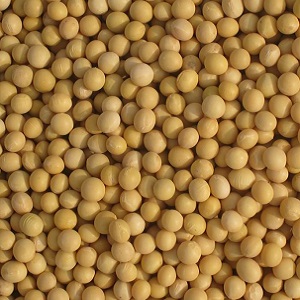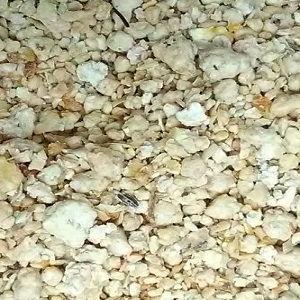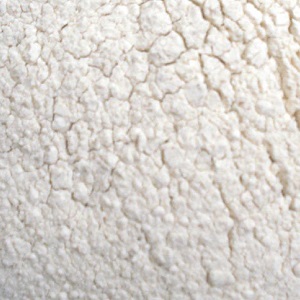Description
Wheat bran, a by-product of the dry milling of common wheat (Triticum aestivum L.) into flour, is one of the major agro-industrial by-products used in animal feeding. It consists of the outer layers (cuticle, pericarp and seedcoat) combined with small amounts of starchy endosperm of the wheat kernel. Other wheat processing industries that include a bran removal step may also produce wheat bran as a separate by-product: pasta and semolina production from durum wheat (Triticum durum Desf.), starch production and ethanol production.
It is important to note that wheat bran is not a product with a universally accepted definition and clear boundaries. Though national regulations may contain mandatory requirements on bran composition, ingredients sold under that name encompass a wide range of wheat by-products. Milling yields variable proportions of flour, depending on the quality of the final product. The extraction rate (flour:grain ratio) goes from 100% for a wholemeal flour to less than 70% for pastry flour. Typical extraction rates range from 75% to 80%, resulting in 20 to 25% wheat offals (Kent et al., 1994). Wheat bran represents roughly 50% of wheat offals and about 10 to 19% of the kernel, depending on the variety and milling process (Ash, 1992; WMC, 2008; Prikhodko et al., 2009; Hassan et al., 2008). In the industrial milling process, after a cleaning step that removes grain impurities, the grains are tempered (soaked to toughen the outer layers and mellow the starchy endosperm in order to facilitate their separation) and then subjected to a series of grinding operations that produce finer and finer flour particles. The first grinding steps yield coarse particles of broken wheat and bran, and the later steps produce other by-products (WMC, 2008). Milling by-products are traditionally named after their quality (fineness, colour, etc.) and/or the stage of the process at which they arose, with considerable variations between languages, countries, regions, milling processes and even mills. In industrial countries, these products used to be sold separately (coarse bran, fine bran, middlings, second clear, thirds, etc.) but are now mixed together in variable proportions (MacDonald et al., 2002).
Consequently, wheat milling offals form a continuum of products with a decreasing fibre:starch ratio, from the fibrous coarse brans produced by the first grinding steps to starchy feed-grade flours. Wheat brans sold for animal feeding are typically mixtures of true coarse brans and finer products from the later grinding stages. In rural and traditional milling, flour is directly separated from bran in a one-step milling and screening. This type of bran has a higher starch content and a higher nutritive value (Piccioni, 1965). In Ethiopia, farmers prefer high-density bran since weight indicates that the bran contains more flour and thus higher energy (Gebremedhin et al., 2009). The situation is made even more complex by the existence of wheat brans from other wheat species (durum) and wheat processing industries.
Wheat bran is suitable for livestock feeding and very palatable to most classes of animals (Fuller, 2004; Piccioni, 1965). Wheat bran is a bulky feed that can be used to lighten dense, heavy feed mixtures. It can be readily incorporated into mashes. Good bran should have a fair coating of flour and be in the form of large, dry and non-adherent flakes. It is sold raw or pelleted (Göhl, 1982).




